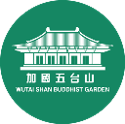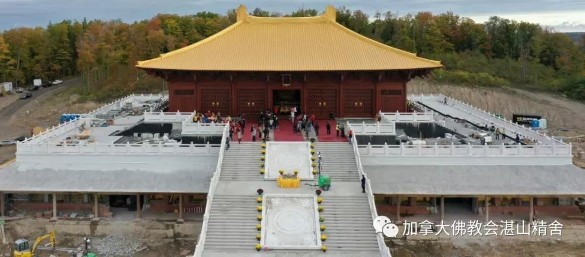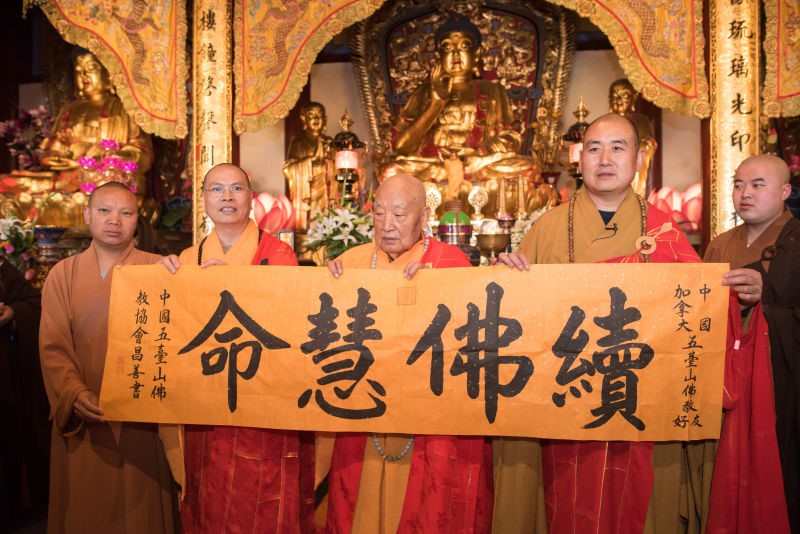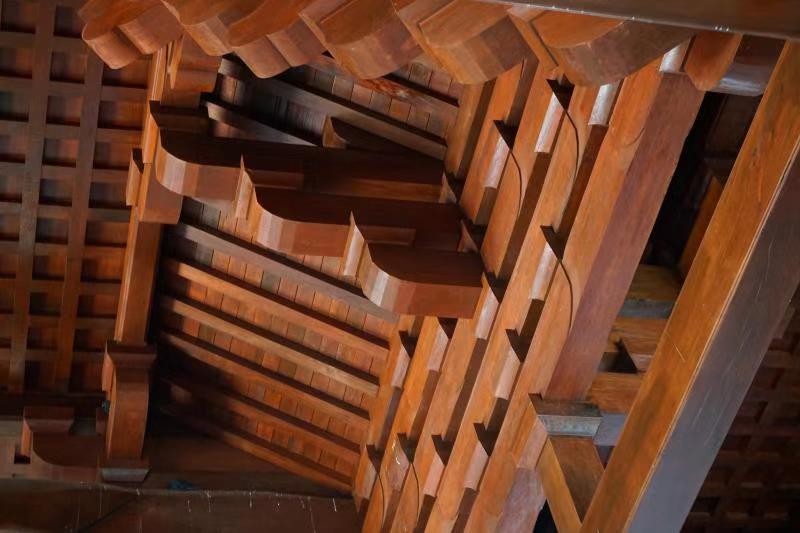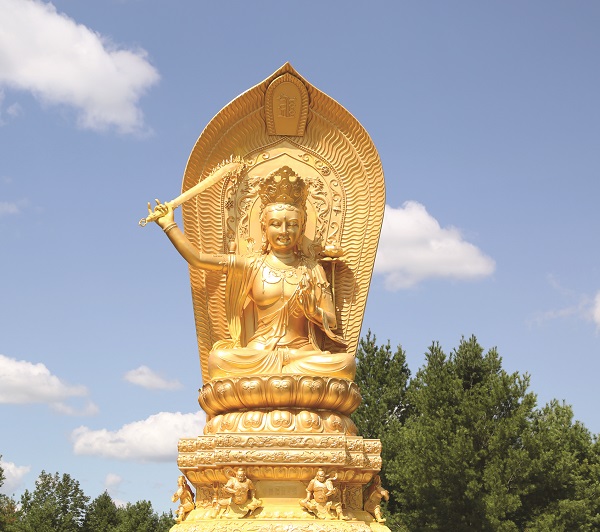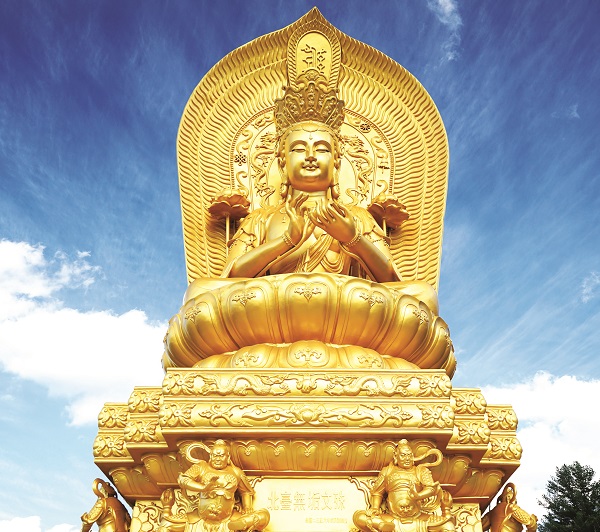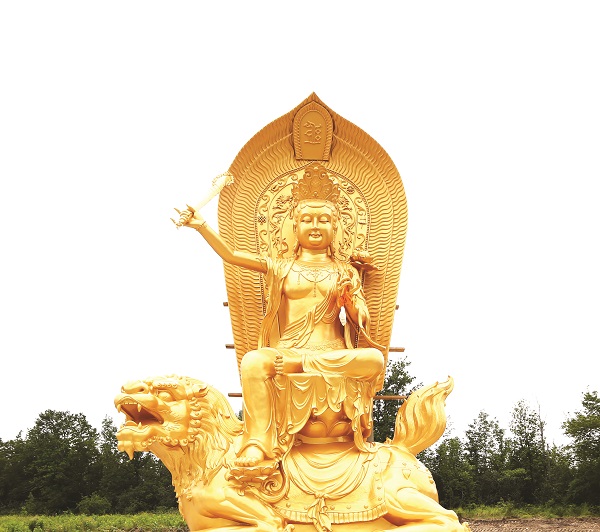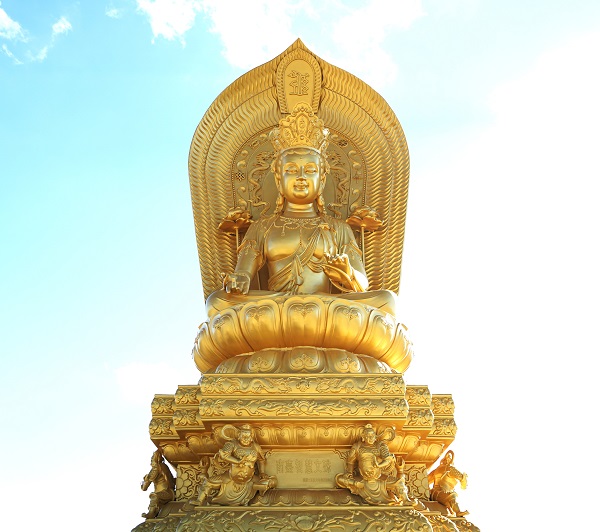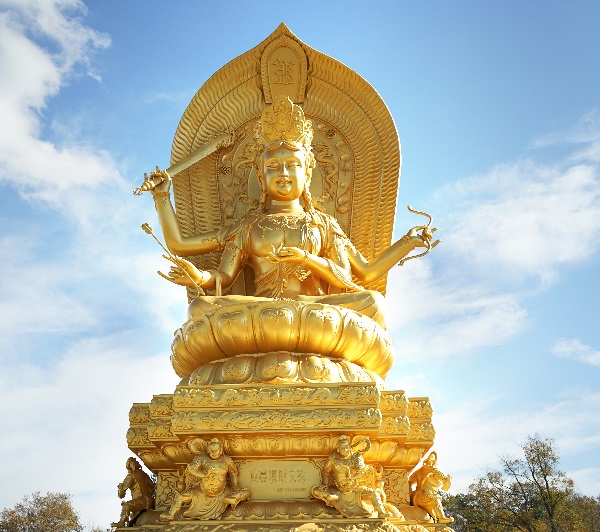Buddhist Temples
佛教寺廟
In Buddhism there is no single place of worship. This is because Buddhists can practice both in their home and in the temple. Temples are important as they bring not only Buddhists but also the community together in general. A temple can be considered as the heart of the community.
在佛教中,沒有單一的禮拜場所。這是因為佛教徒可以在家里或寺廟裡崇拜。寺廟很重要,因為它們使佛教徒和非佛教徒聚集在一起。他們把寺廟當作社區的心臟。
Temples symbolize the long history and rich culture of China and are regarded as valuable art treasures. Chinese temples are well kept cultural artifacts of every dynasty. And temple culture has influenced every aspect of Chinese people's life such as painting, calligraphy, music, sculpture, architecture, temple fairs, folk-customs and many others. Chinese temples use various pillars, beams and arches interlaced with each other to compose an architecture complex.
寺廟象徵著中國悠久的歷史和豐富的文化,被視為寶貴的藝術瑰寶。 中國不同寺廟是保存每個朝代的文物。 廟宇文化影響了中國人民生活的方方面面,例如繪畫,書法,音樂,雕塑,建築,法會,民俗等。 中國的寺廟使用相互交錯的各種柱子,橫樑和拱門構成建築群。
Chinese temples provide a harmonious and tranquil environment for its visitors. Religious services are carried out that is well adapted to the mundane everyday world.
在中國寺廟中漫步時會給人和諧和舒適的感覺。 進行宗教服務時,應鼓勵進入凡人世界的精神。
Buddhist architecture is regarded as a great art treasure where Chinese calligraphy, sculpture and Chinese painting are well integrated. Being the spiritual symbols of Buddhism, they are not only monastic holy places, but also serve as sacred land that can purify one’s mind.
佛教建築被視為中國書法,雕塑和中國繪畫相結合的偉大藝術寶藏。 作為佛教的精神像徵,它們不僅是擁有寺院的莊嚴,而且還是可以淨化心靈的佛土。
Buddhist temples are spaces where anyone, Buddhists and non-Buddhists alike, are welcomed to make offerings. These offerings are symbols of appreciation to the Buddha for what he has shared with us. Common offerings include:
寺廟是佛教徒和非佛教徒可以奉獻的地方。這些奉獻是對佛陀給人的教訓表示特別的感謝。常見的奉獻品包括:
• Flowers, reminding us of the Law of Impermanence in all things
花,象徵事物不是永久–它們總是在變化
• Incense, representing the Right Speech and Right Action the Buddha has taught
香,代表正語和正行為的觀念
• Candles, which are lit to represent the idea of light triumphing over darkness and knowledge triumphing over ignorance
油燈,代表著光明戰勝了黑暗,知識戰勝了無知。
• Fruits, reminding one on the Law of Cause & Effect
水果,代表因果法則
Temples are spaces where all visitors, Buddhists and non-Buddhists alike,
寺廟也是佛教徒和非佛教徒的作为:
• attend Dharma Services,
參加佛會務
• practise meditation,
練習冥想
• diminish our discrimination, intolerance, anger, fear, and despair
消除歧視,不寬容,憤怒,恐懼和絕望
• cultivate concentration and insight in order to free us from the illusion of fear and ego
培養專注力和洞察力,使我們擺脫恐懼和獨立自我的幻想
• cultivating the insight of interbeing and compassion
培養相互間和慈悲心的見解
• not to kill, not to let others kill, and not to support any act of killing in the world, both in one's thinking and in one's way of life
培養不殺,不讓別人殺,不支持世界上任何以自己的思想或生活方式進行的殺行為
• practice Right Livelihood
練習正確的民生
• cultivating loving speech and compassionate listening
培養愛心正語和富有慈悲心的傾聽
• nourish capacity to understanding, love, joy, and inclusiveness
培養理解,愛,喜悅和包容的能力
• cultivating mindful eating habits for oneself, family and community, in order to benefit both physically and mentally
通過正確飲食態度‘習慣中來為自己,家庭和社會培養身心健康
The Wutai Shan Buddhist Garden is committed to build an environment with elements to achieve the temple's missions. The followings are the details of the elements that you can explore when visiting.
五台山佛教花園致力於營造一種環境,以實現上述寺廟的使命。以下是您在觀光參加時能探索的元素的詳細資料。
The Five Platforms of Manjusri Bodhisattva 五臺
The Eight Sights 八景
-
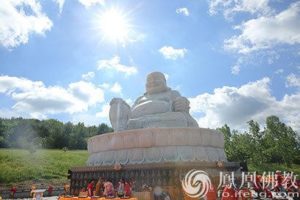
Happy Buddha
彌勒菩薩 -
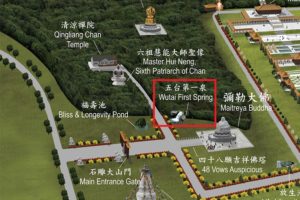
Sudhana Spring
善財泉 -
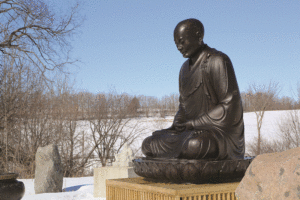
Sixth Patriarch
六祖 -
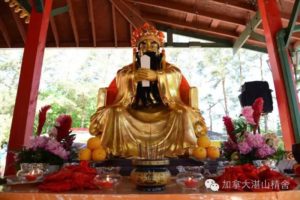
Wuyei
五爺 -
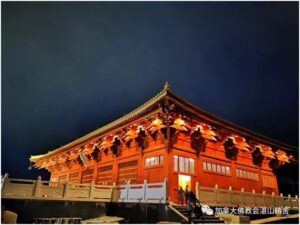
Main Buddha Hall
大雄寶殿 -
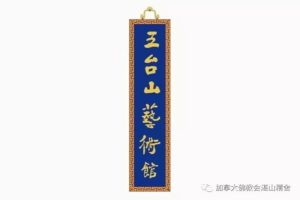
Art Gallery
藝術館 -

Wisdom Lake
靈泉湖 -
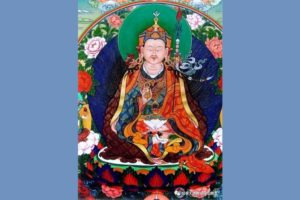
Guru Padmasambhava
蓮花生大師
The Sixteen Points of Interest 十六點
-
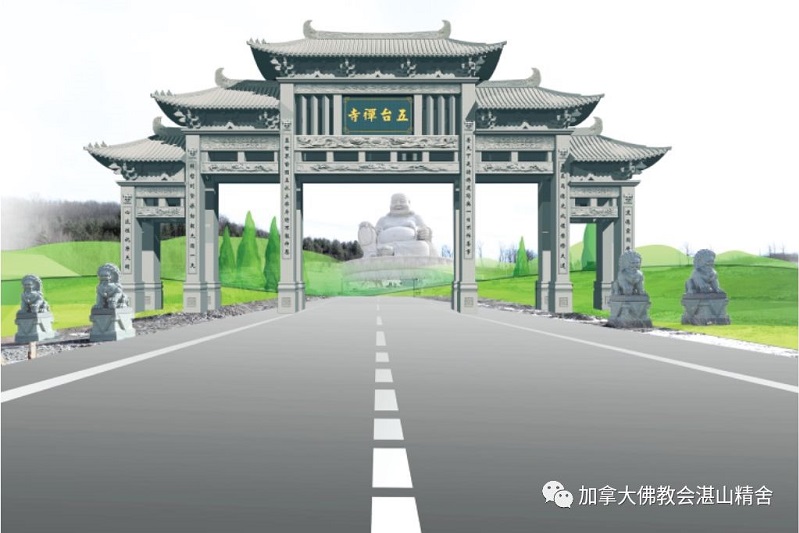
Main Entrance Gate
大山門 -
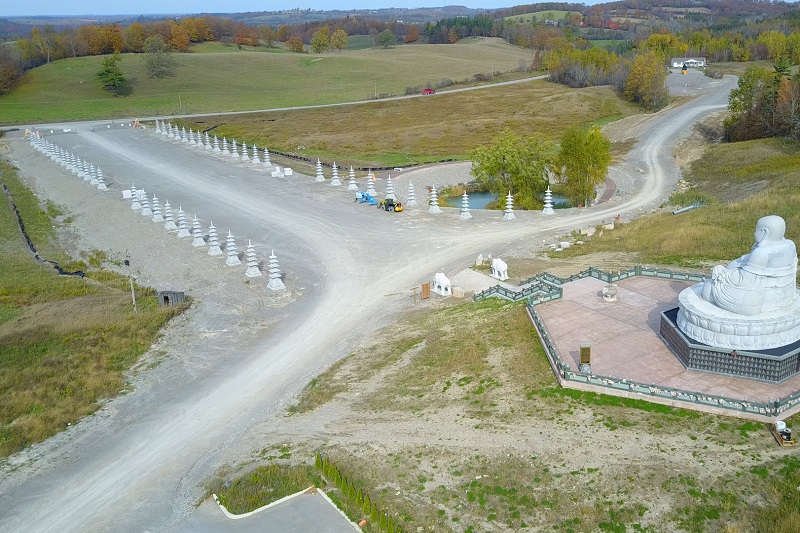
48 Vows Auspicious Stupas
四十八願吉祥佛塔 -
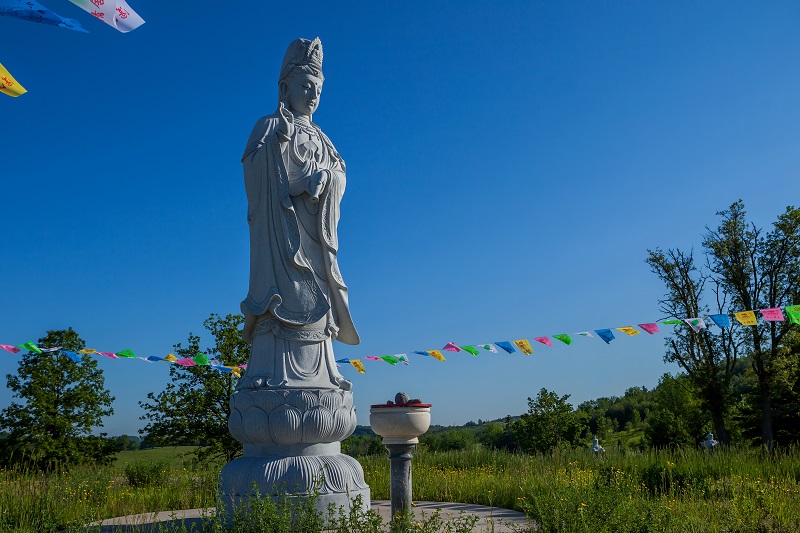
Willow Guanyin
楊柳觀音 -
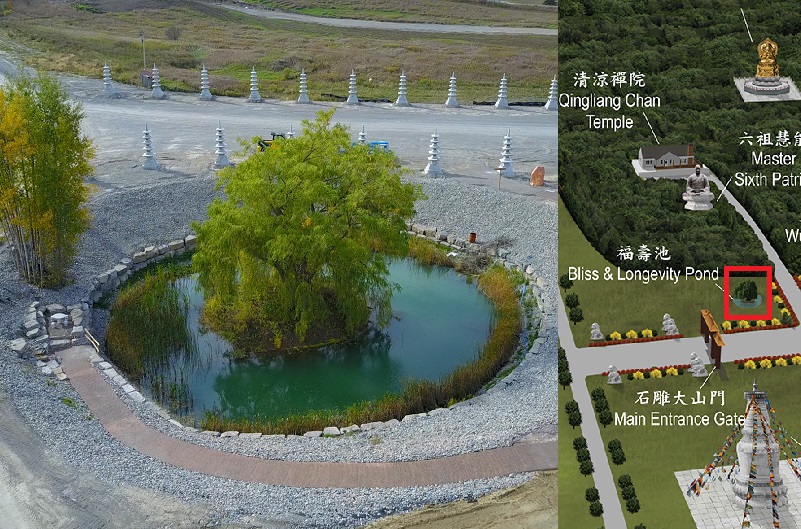
Bliss Longevity Pond
福壽池 -

Life Liberation Pond
放生池 -

Shrine of Mountain and Earth Gods
山神土地廟 -
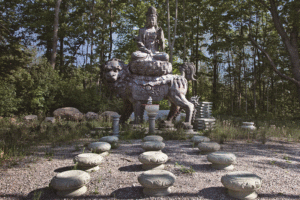
Wonder of Life-saving (Wenshu)
文殊救人靈跡 -

Bliss Longevity Twin Stupas
福壽雙塔 -
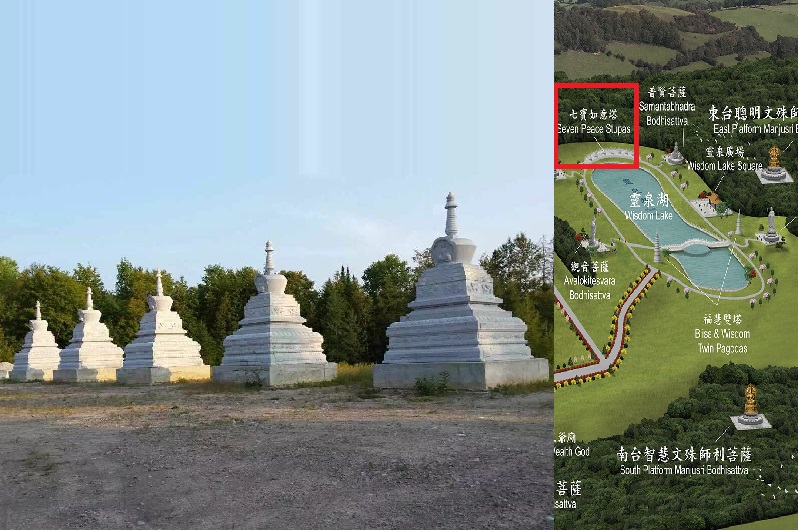
Seven Wish fulfilling Stupas
七寶如意塔 -
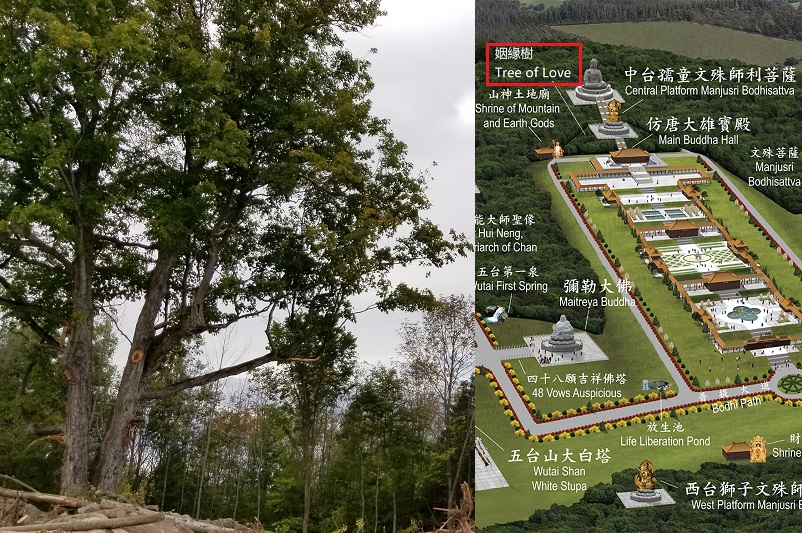
Tree of Love
姻緣樹 -
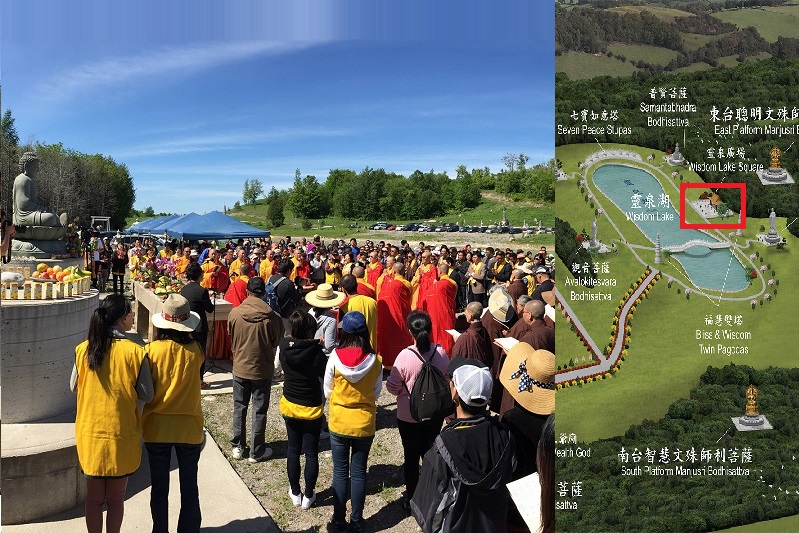
Wisdom Lake Square
靈泉廣場 -
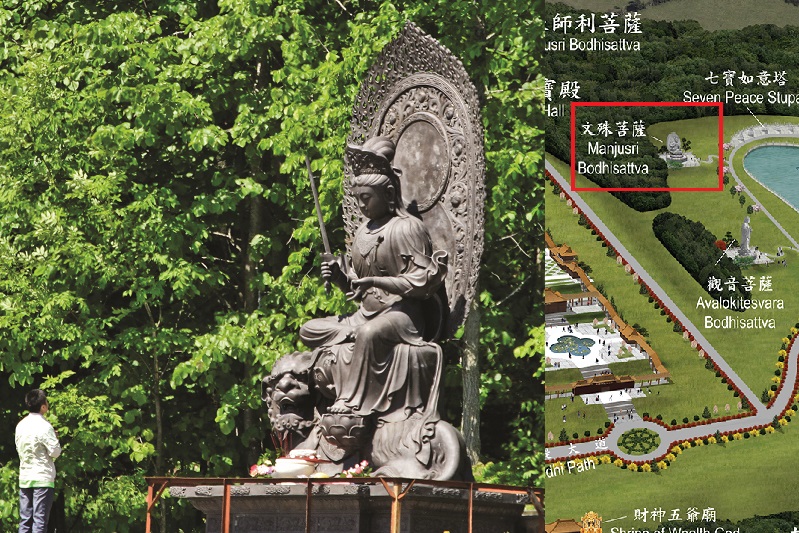
Manjushri Bodhisattva
文殊菩薩 -

Samantabhadra Bodhisattva
普賢菩薩 -
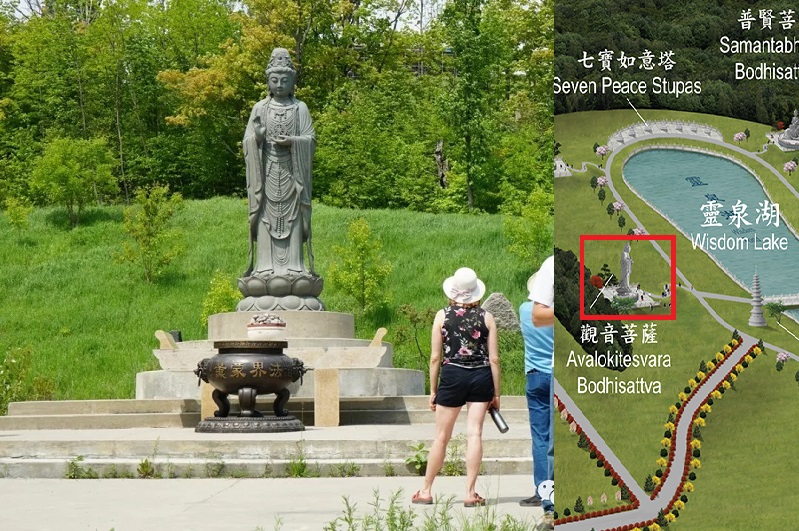
Avalokitesvara Bodhisattva
觀音菩薩 -
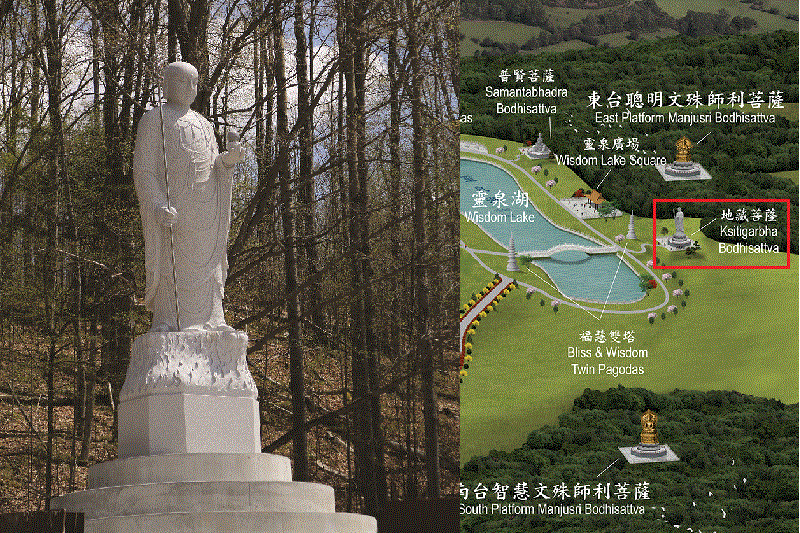
Ksitigarbha Bodhisattva
地藏菩薩 -
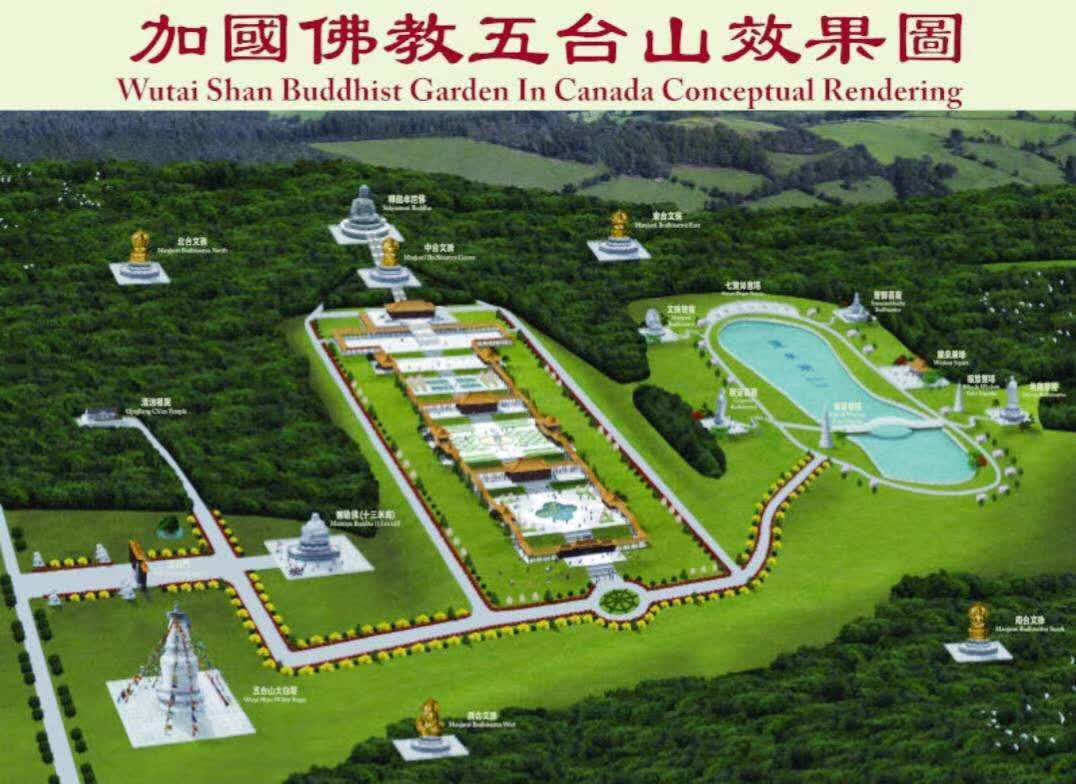
88 Buddha Stupas
88 佛塔
